THE PROJECT PARTNERS
The European project INADEF is an EU initiative financed by the ERDF (Interreg V-A Italy-Austria 2014-2020) and national public contributions. INADEF is a cross-border institutional collaboration between 3 Italian Partners – ARPAV, University of Padua and University of Udine – and 2 Austrian Partners – BFW and ZAMG.
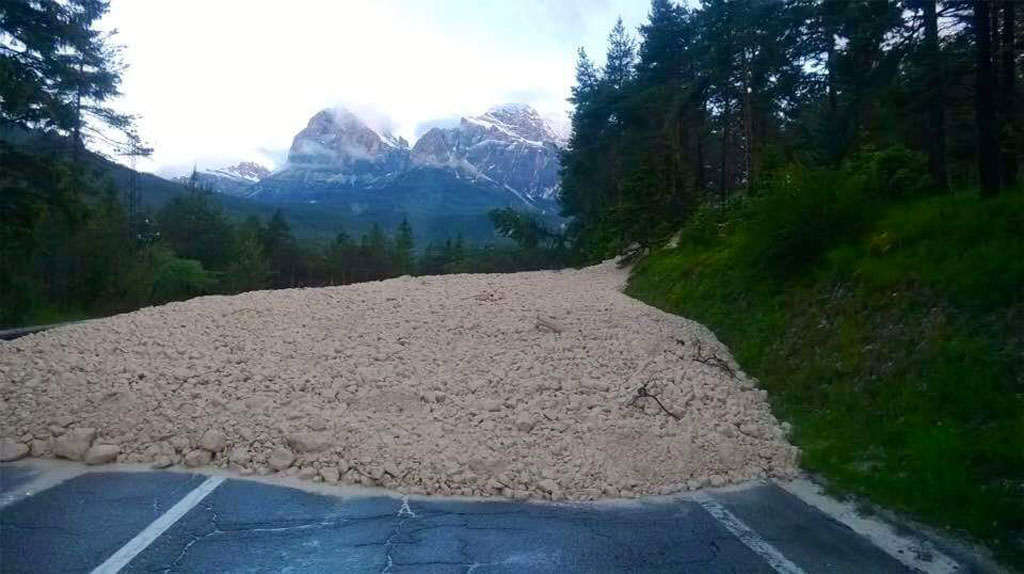
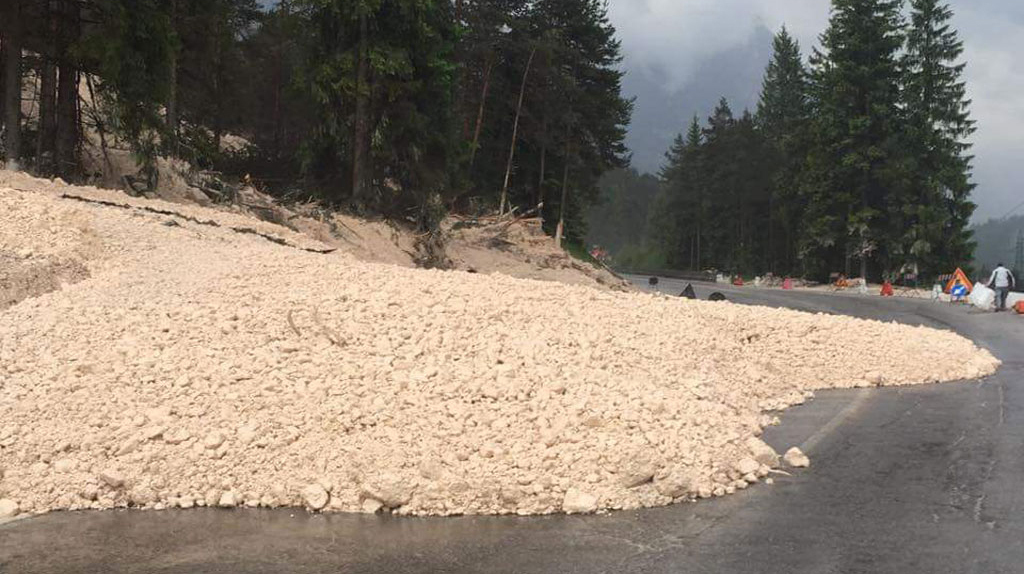
ARPAV – Regional Agency for Environmental Protection and Prevention of Veneto
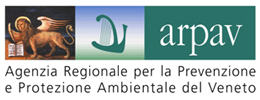
ARPAV is a Regional Agency founded in 1996; it operates in Veneto for the protection, control, recovery of the environment and for the prevention and promotion of collective health. ARPAV main activities are:
- control of the environment including sources of pollution (e.g. industrial emissions, waste, radiation);
- environmental monitoring, in particular of air, water and soil quality;
- hydrology and monitoring of both inland and marine-coastal waters (quality, discharge);
- weather forecast, climatology, snow and avalanches, slope stability;
- weather warning for civil protection purposes.
The main activities of ARPAV in the INADEF project are: a) coordination and management of communication activities; b) supply of radar data and ground stations relating to the Veneto Region; d) in the case study of the Rio Rudan (Vodo di Cadore, Belluno): field surveys and topographic surveys at the beginning of the project, surveys after each new debris flow event, collection of historical flow data, installation and management of 3 new monitoring stations; e) WEB-GIS application test in the Rio Rudan case study (Vodo di Cadore, Belluno).
Contact:
Matteo Cesca
University of Udine – Department of Agricultural, Food, Environmental and Animal Sciences – DI4A
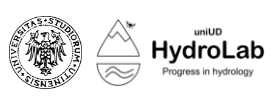
Project coordinator as lead partner. The main activities of UniUD-DI4A in the INADEF project are: a) coordination of the proper implementation of planned project activities and expenditure b) implementation of the WEB-GIS application joining the modules of the EWS-prototype to disseminate results; c) monitoring debris-flow events in the case study of the Moscardo torrent (Paluzza, Udine, Italy): field surveys and topographic surveys at the beginning of the project, surveys after each new debris flow event; d) WEB-GIS application test in the Moscardo torrent (Paluzza, Udine, Italy).
Contact:
Prof. Federico Cazorzi
The Department of Land, Environment, Agriculture and Forestry (TESAF)

The Department of Land, Environment, Agriculture and Forestry (TESAF) is a modern and multidisciplinary University department, and part of one of the oldest Universities in the world. Our activity is strongly oriented to the study, conservation, effective management and sustainable use of agricultural, forest and natural resources. The research and teaching activities are based on traditional foundations of quality and excellence, and both international, national and local collaborations are aimed at the production of tangible and innovative results in science and society. The departmental structure reflects the range of different types of knowledge that characterize us, including ecology; silviculture: plant pathology; land appraisal; policy and law; land, agri-food and forest economics and policies; hydrology and water resource management; geomatics; xylology and wood technology; and agricultural and forestry mechanization.
The section hydrology and water resource management has a research group oriented to the study of mass transport event, debris flows and debris floods caused by extreme rainfall in a high mountainous environment.
Contact:
Prof. Carlo Gregoretti
Austrian Research Centre for Forests – Department of Natural Hazards (BFW)
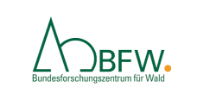
The Federal Forest Research Center (BFW) is dedicated to all aspects of the habitat forest – in economic, ecological and social terms. Applying scientific methods, among others, the sustainable management of the forest as well as the natural hazards exacerbated by climate change is analyzed. The gained knowledge is passed on to society. As well as monitoring tasks for the Republic of Austria are performed. (BFW-homepage)
Project Partner, responsible for WP5 – prototype evaluation. The main Activities of the BFW in the INADEF project are:
- reprogramming, adaption and implementation of the precipitation-runoff-model ZEMOKOST for a WEB-GIS environment including the survey of needed input- parameters to run the model in all catchments;
- establishment and operation of debris flow monitoring stations in two catchments (Bettelwurfmure, Gröbentalbach) including topographic survey with UAV after events;
- evaluation of the INADEF – prototype and its components;
- publicizing the approach and contact stakeholders, particularly to the Torrent and Avalanche control (WLV) in Austria.
Contact:
Karl Hagen
ZAMG - Central Institute for Meteorology and Geodynamics
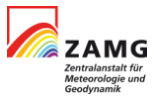
ZAMG was founded in 1851 as the state meteorological and geophysical service of Austria. It is the oldest governmental weather service in the world. Its tasks include the measurement and archiving of meteorological, climatological, and geophysical data, research in these fields, the development and operation of analysis and forecast models, and the provision of their results to the public. ZAMG fulfills this task in particular by providing information and advice in the event of weather-and earthquake-related natural and environmental disasters. It is in close contact with the civil protection and disaster management institutions of the government and the federal states.
ZAMG is involved as a project partner mainly in WP3 and WP5.
WP3)
- Provision of meteorological input data from the INCA analysis and short-term forecast model.
- Improvement of INCA analysis and forecast by implementation of local measurement data and development of new methods.
WP5)
- Extension of the existing heavy rainfall warning system and the empirical debris flow warning system MUWA to all catchments of the project.
- Evaluation of the debris flow forecasting methods developed in INADEF in comparison with the existing heavy rainfall and debris flow warning system.
Contact:
Christoph Zingerle
